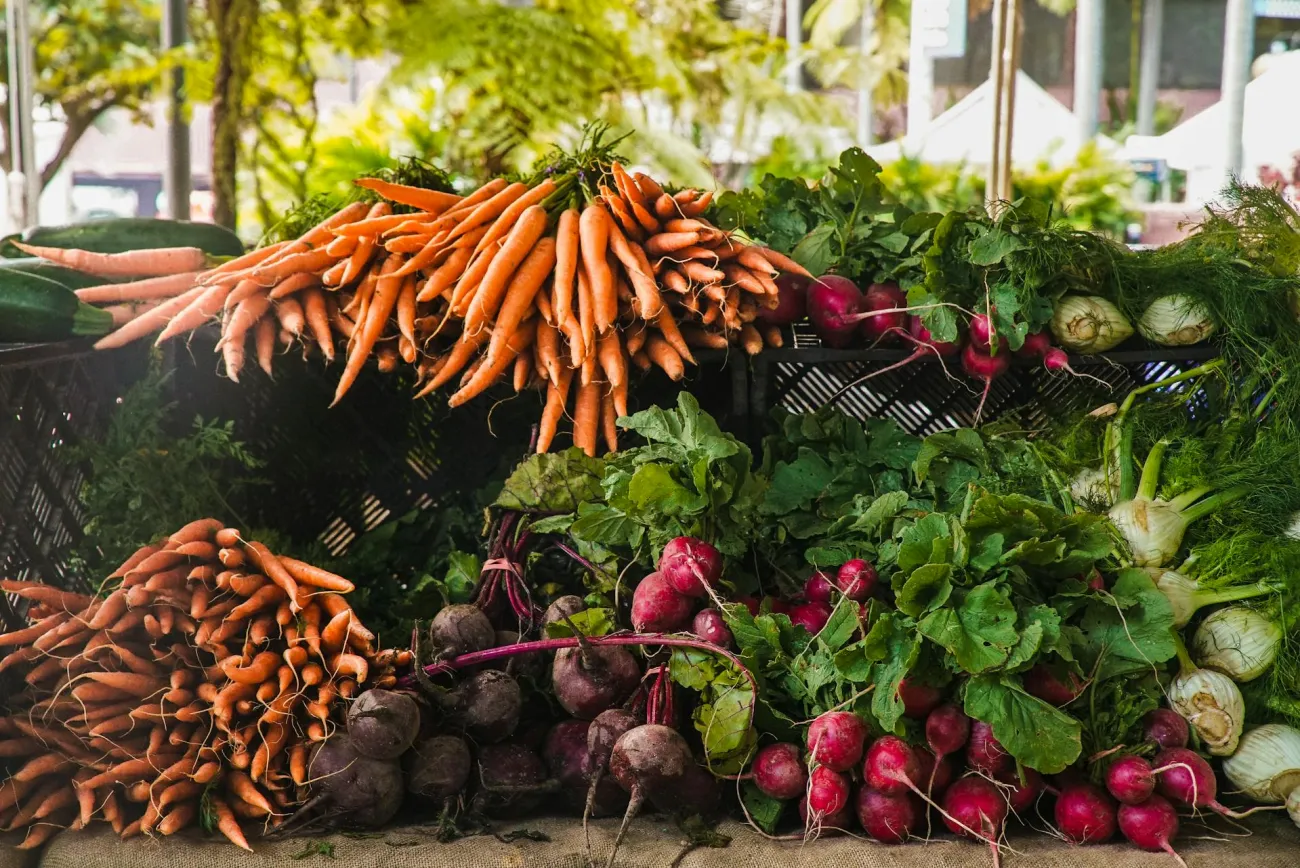Advancing a plant-rich food system offers five times the climate benefits per dollar invested compared to renewable energy, and four times that of electric vehicles according to a new report published by Tilt Collective and SystemIQ.

Publisher’s Summary
A new report published by Tilt Collective and Systemiq reveals that investing in achieving a plant-rich food system offers a reduction of 28 MT CO2e per $billion invested – more than five times the emissions reduction from the same investment in renewable energy, and four times the reduction from electric vehicles.
Additionally, the emissions savings related to the advancement of plant-rich consumption and production far outpace the emissions savings related to implementing more sustainable production techniques in livestock farming. The research commissioned by Tilt Collective and Systemiq shows that investments in plant-rich consumption and production yield 2.5 times the average emissions reductions per $1 billion invested than improvements in livestock and crop production, including the use of methane inhibitors, and the deployment of regenerative agriculture practices.
“Shifting to a plant-rich food system represents a spectacular pay-off as a climate investment – the outsized climate benefits are clear. While we of course need investments in other sectors and food solutions as well, the data is undeniable that investments in plant-rich food systems, and shifting consumption and production patterns, offer exponentially more emissions reductions for the money spent.
“At the same time, investment to date is miniscule, with only 2% of the total funding need met today. Greater investment in plant-rich food systems stands to catalyze enormous climate benefits, and be a win-win for nature, human health, and animal welfare,” says Tilt Collective CEO, Sarah Lake.
According to the report, investment in a plant-rich food system can also deliver benefits that other sectoral transitions cannot, including the potential to save 1,100 Km3 of water – equivalent to current freshwater withdrawals from the US and China; the potential to deliver nearly $3.4 trillion in annual health savings by 2050; and, finally, the opportunity to generate significant land sparing, as land is released from livestock production and either returned to nature or used to more efficiently produce plant-based foods to support food security.
Reference
Read more here. See also the TABLE explainer, How can we reduce food-related greenhouse gas emissions?




Comments (0)